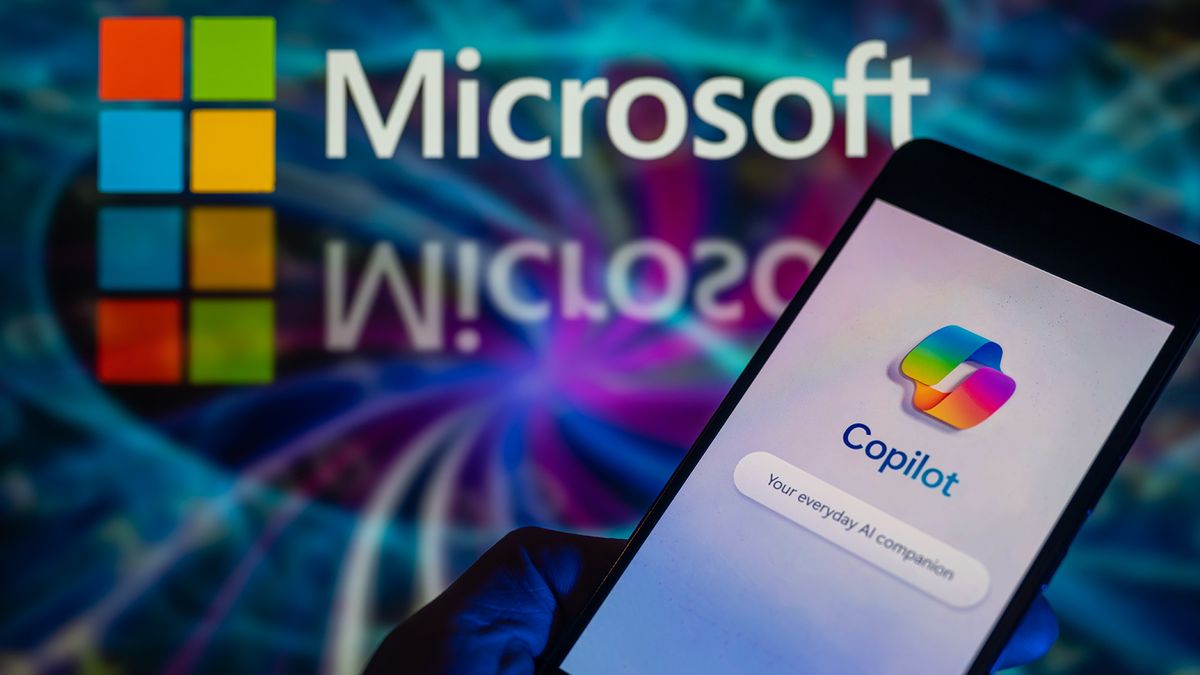Microsoft is introducing a new feature called “correction,” which enhances the company’s efforts to address inaccuracies in AI-generated content.
This feature allows customers using Microsoft Azure for AI-powered systems to automatically detect and correct erroneous information in AI outputs.
The correction feature is currently available in preview as part of Azure AI Studio, a collection of safety tools designed to identify vulnerabilities, detect “hallucinations,” and block harmful prompts.
Once activated, the correction system scans AI-generated outputs, comparing them against a customer’s source material to identify any inaccuracies.
When an error is found, the system highlights the mistake, explains why it is incorrect, and rewrites the content — all of this happens “before the user sees” the inaccurate information.

While this feature offers a useful approach to reducing the nonsensical outputs often produced by AI models, it may not be entirely foolproof.
Google’s cloud platform for AI development, Vertex AI, offers a similar feature that “grounds” AI models by cross-referencing outputs with Google Search, the company’s own data, and soon, third-party datasets.
A Microsoft spokesperson explained that the “correction” feature uses “small language models and large language models to align outputs with grounding documents.” However, this process is not without its limitations.
The spokesperson clarified, “It’s important to note that groundedness detection does not guarantee ‘accuracy’ but rather helps align generative AI outputs with grounding documents,” meaning that the system itself can still make errors.


